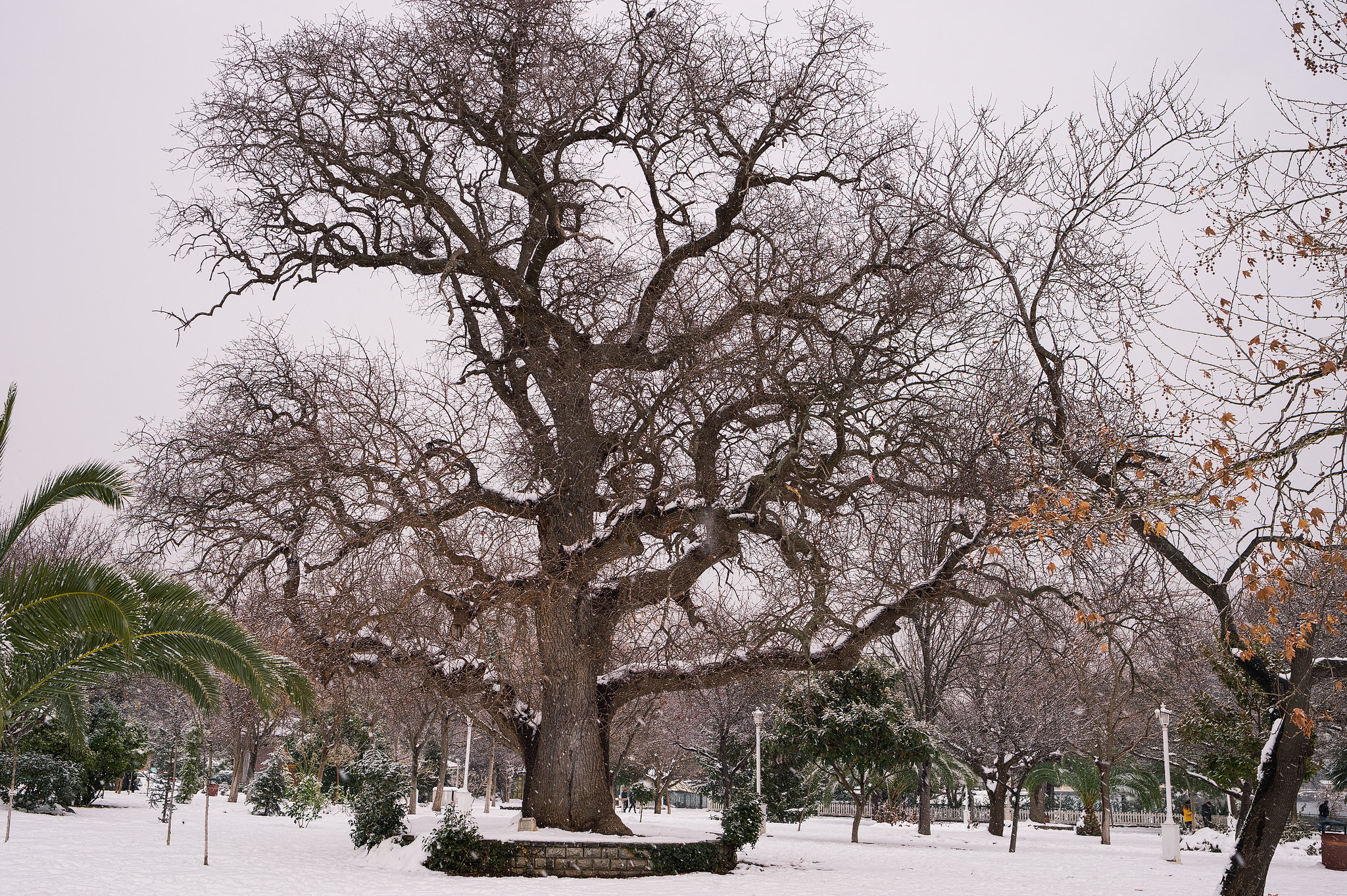Greetings everyone,
I was semi-active on the old forums. Back here now with things to share with you

When I wish to travel light, a 35mm is usually all I need (sometimes supported by either an ultrawide, the Nikon 105mm f2.5 or the series e 75-150mm). When I need to get closer either in terms of distance or in terms of magnification, I relied on my 180mm ED ais Nikkor with PN-11 extension tube and TC-201 teleconverter depending on my need. This combo got me to almost half life size with the extension tube but usually forced me to use a monopod (or preferably a tripod).
For 35mm lenses I have used previously Nikon 35mm f2 AF-D which leaves something more desired and the Sigma 35mm art which is optically very good but not the most fun lens to use (due to possible AF problems, no fun manual focusing and it's heavy).
Suffice to say, I went ahead with the new Tamron lens thinking that it's lighter weight, supposed weather sealing and vibration compensation would provide some versatility.
I had fun shooting a snowy holiday. My quick review is below and you can find my test gallery also below. Note that all photos have been RAW processed according to my tastes in Lightroom and sometimes in photoshop with selective tools (which some may find harsh for the landscapes as I like to increase perceived micro detail). CA has been corrected if possible.
Full size test gallery here: https://www.flickr.com/photos/10026049@N02/sets/72157662934724301Why I like this lens?- It's weather sealed
- You can focus quite close with it. It's not 1:1 but if it were you would probably need a tripod at those magnifications anyway.
- It's sensibly sharp at f1.8 and even better at f2. Sigma art lenses probably have an edge edge wide open in the very center of the image but Tamron's sharpsness declines more gracefully towards the edges.
- Focus throw is more than 180 degrees which makes it a joy to use manually with the VC.
- It's not too heavy.
- Vignetting is very low and the decline is graceful.
- No distortion problems.
- Very nice and smooth out of focus areas. Circular highlights keep round shape even stopped down. Very limited cat's eyes in the corners wide open.
- VC that's effective for around 3 stops. Your experience may vary but coupled with the capabilities of Nikon DF, my handheld night photography (city and landscapes) has entered a new dimension.
What could have been better?- Focus can be faster. No third party lens will be as accurate as a Nikkor but it's good enough for me. Sigma was disappointing in this regard but its image quality made up for it.
- You will sometimes get onion rings in the out of focus highlights. If you shoot sensibly to blur the background this will not be a problem but those circles are not 100% creamy. On the plus side the general look of out of focus areas and the transitions are soft & pleasing to my eyes. Don't go shooting underexposed out of focus Xmas lights.
- You may need to correct for chromatic aberrations in post. Worst case scenario is very high contrast sharp edges on the focus transition zones wide open. Also the very edges of the frame tend to suffer more. You may encounter a scenario where correction is not possible but a slight modification of parameters will go a long way.
- Zoom with your feet

Overall I'm quite pleased. Having 20cm close focus capability opens up a new dimension in my everyday photography which I could have already filled by carrying more gear but it's definitely convenient.
Some images from the test gallery:






